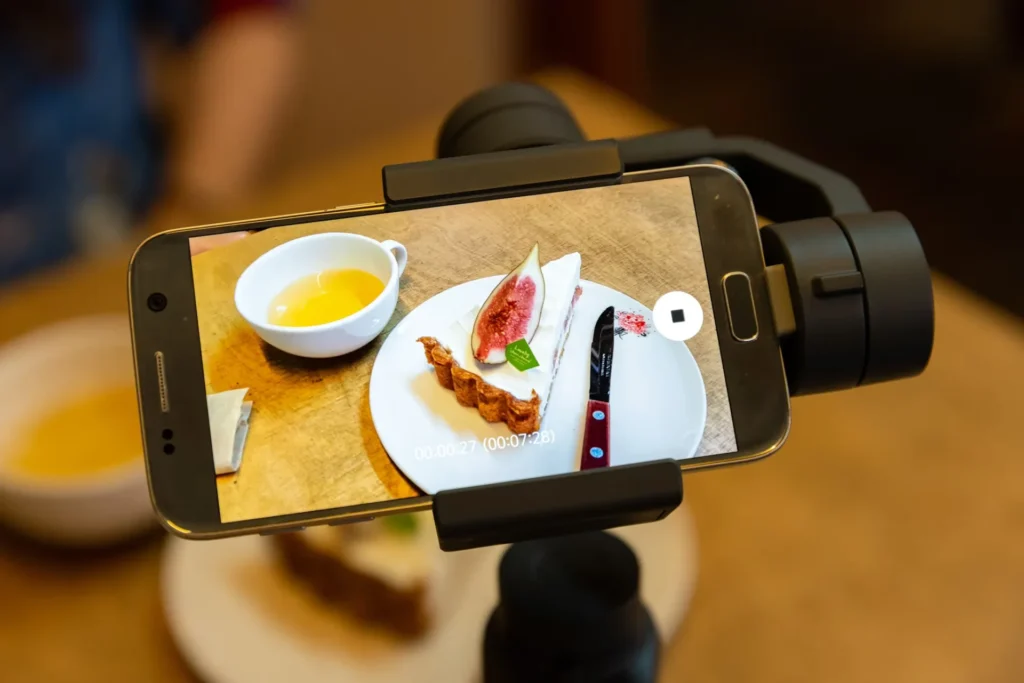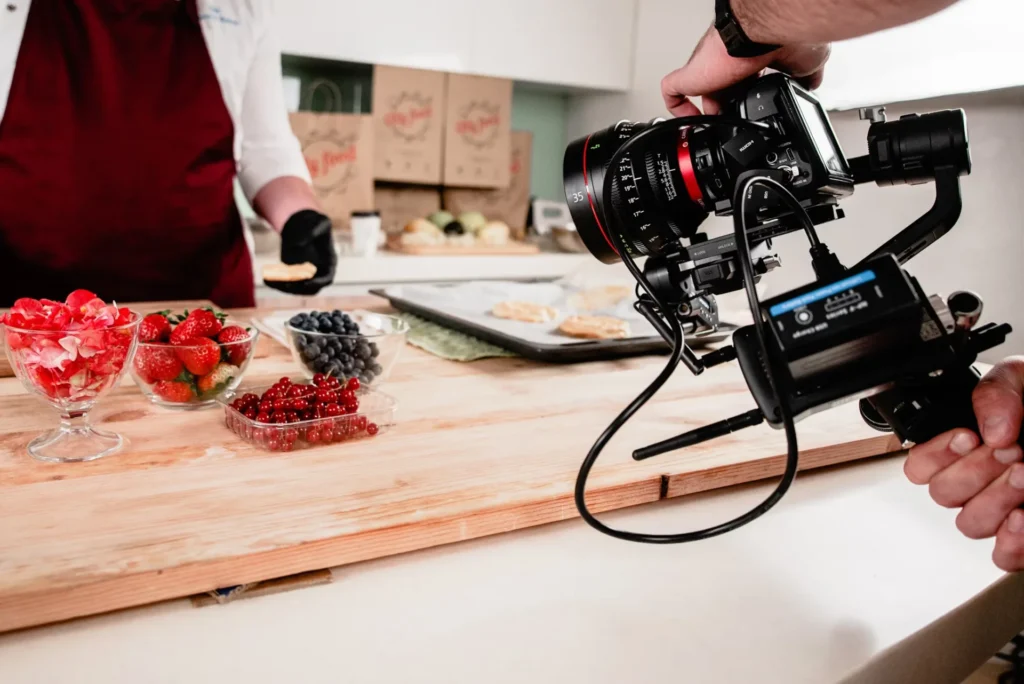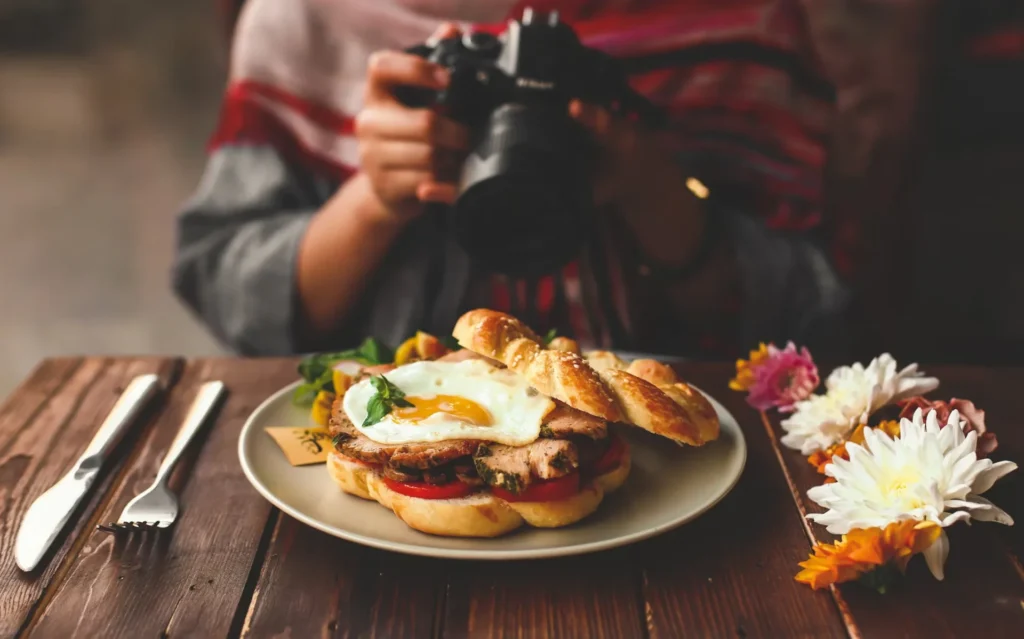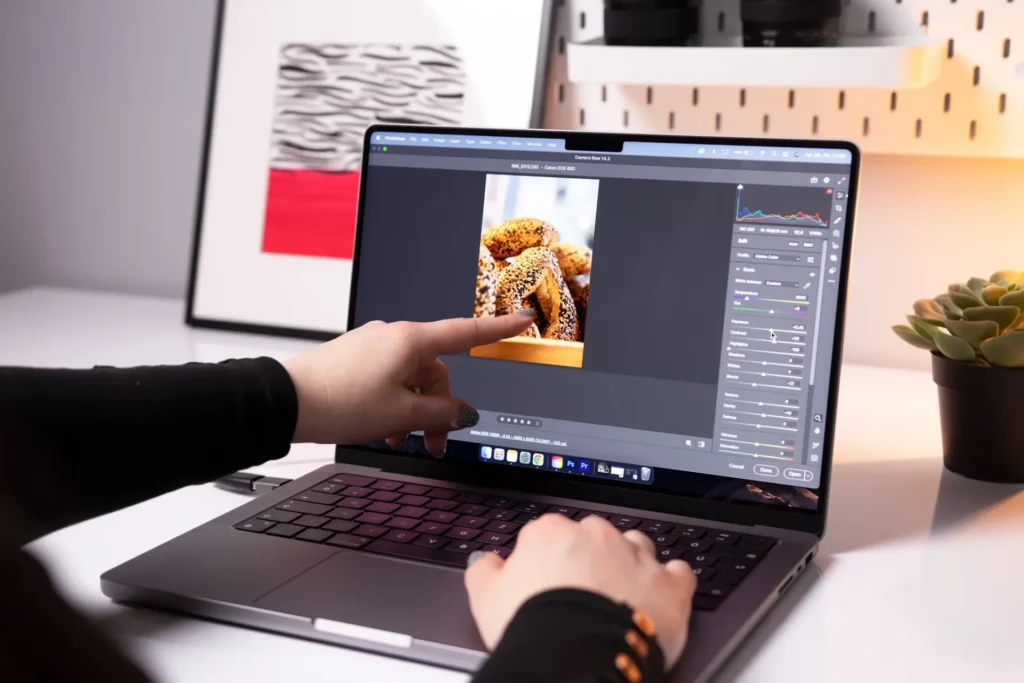Disclaimer: This article provides general information on food influencer strategies and does not guarantee outcomes. Results may vary depending on individual effort and market conditions.
Key Takeaways:
This article covers food influencers’ strategies to stay relevant and influential in the culinary world. Readers will learn various techniques for spotting new trends, effectively leveraging social media, and creating appealing content that captures the audience’s attention. The role of collaborations and the importance of authenticity are also discussed, providing a comprehensive guide for those looking to understand or enter the sphere of food influence.
Table of Contents
Introduction

Food influencers have become pivotal figures in modern culinary culture, acting as tastemakers and trendsetters who can shape the dining landscape with just a single post. Understanding how these individuals remain ahead of the curve in an ever-changing world of food trends becomes crucial as their influence grows. This article will delve into influencers’ strategies and techniques for consistently being at the forefront of food innovations.
The culinary landscape is perpetually shifting, with new flavors, ingredients, and techniques emerging regularly. Keeping up with these constant changes requires more than a passing interest or casual observation. For food influencers, being at the cutting edge of food trends is vital to maintaining relevance and engagement with their audience. This necessity has birthed innovative strategies that they use to predict trends, cultivate engaging content, and maintain a strong presence across multiple platforms.
Spotting Emerging Trends Early

Food influencers excel at identifying budding trends before they become mainstream. Their success often lies in their ability to deeply engage with their communities, culinary experts, and diverse cultures. They spend considerable time researching and interacting with various media platforms and culinary forums to gain insights into upcoming trends. Influencers can accurately predict which trends are likely to gain traction among the masses by being active participants in these spaces.
A key technique involves monitoring food influencer marketing trends through robust analytics. This includes analyzing hashtag usage, engagement rates, and overall sentiment toward food-related content. Such data helps identify what’s gaining popularity and provides insights into the audience’s preferences and expectations. Influencers who master this analytical approach are better positioned to predict the next big trend and seamlessly incorporate it into their branding strategies.
Leveraging Social Media Platforms Effectively

Social media is the primary arena where influencers engage with their audience, making it an indispensable tool for staying ahead of food trends. Platforms like Instagram, TikTok, and YouTube have become vital for influencers aiming to showcase their culinary expertise while drawing in vast audiences. Each platform has distinct characteristics and audience demographics, requiring influencers to tailor their content to fit specific formats and preferences.
Instagram, for example, is the go-to platform for visual storytelling, where Instagram influencers use vibrant images and aesthetically pleasing posts to captivate followers. On the other hand, TikTok emphasizes short-form video content, which demands creativity and conciseness to grab attention quickly. YouTube offers a more extensive format, allowing food influencers to delve into longer tutorials and in-depth reviews. By mastering the nuances of each platform, food influencers can enhance their reach, adapt to emerging trends quickly, and maintain their position as leading voices in the culinary world.
Mastering the Art of Content Creation

Influencers must create engaging and original content to captivate their audience and remain at the forefront of food trends. The process often begins with inspiration, which can stem from various sources, including travel experiences, cultural exchanges, and interactions with other culinary professionals. Influencers often blend these elements with unique styles, producing innovative and relatable content.
High-quality visuals and storytelling are critical components of effective content creation. Influencers invest in professional photography and videography to ensure their content stands out amidst the saturated media landscape. Additionally, they weave narratives that resonate with their audience, providing context, personal anecdotes, and behind-the-scenes insights that transform simple dishes into meaningful stories.
Maintaining Authenticity
Authenticity is a defining characteristic that sets successful influencers apart. In a world saturated with curated content, followers gravitate towards influencers who demonstrate genuine passion and honesty. Authentic influencers establish trust with their audience, making their endorsements and recommendations more impactful.
Influencers openly share their creative processes, setbacks, and personal insights to maintain authenticity, allowing followers to connect with them on a deeper level. Transparency about sponsored content and collaborations reinforces trust, ensuring their audience feels respected and valued. By staying true to their voice and values, influencers can maintain a loyal following that seeks their expertise for the right reasons.
Building Strategic Collaborations
Collaborations are essential to an influencer’s strategy in navigating food trends. Partnering with other influencers, chefs, or food brands allows for knowledge sharing and cross-pollination of audiences. Through collaborations, food influencers can expose their followers to new ideas and trends while learning from other experts in the field, fostering a dynamic exchange of creative concepts.
Such partnerships often lead to innovative content that sparks interest and keeps the influencer’s audience engaged. Collaborations can take various forms, including joint events, co-authored content, or even special product releases. These initiatives expand a food influencer’s reach and demonstrate versatility and a willingness to explore new horizons within the culinary world.
Conclusion
Staying ahead of food trends requires keen observation, strategic planning, and creative execution. Food influencers who consistently remain at the forefront of culinary innovation do so through a combination of deep community engagement, effective social media use, and authentic content creation. By incorporating these strategies, they set trends and inspire and educate their audiences, reinforcing their status as indispensable figures in the food world.












